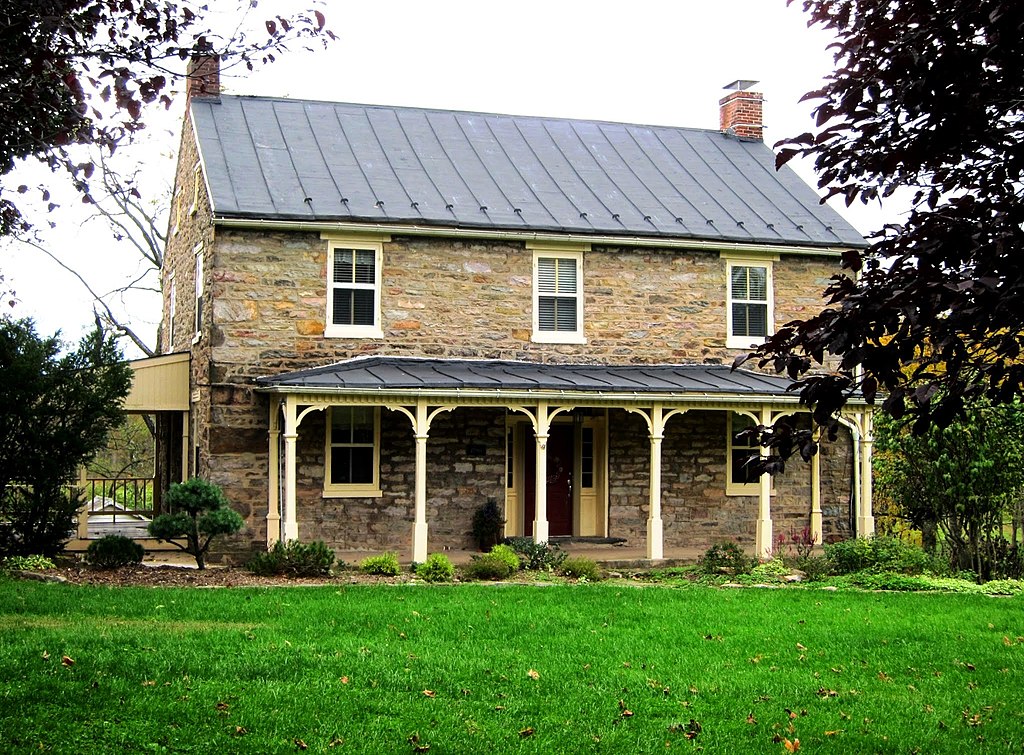
The 18th century was a time of growing cities, expanding trade routes, and, unfortunately, an increase in property crime. Without the benefits of modern technology or widespread law enforcement, homeowners relied on a blend of community spirit and innovative home security tactics to safeguard their home. Here is a glimpse into the fascinating world of old-school home security in the 1700s.
Homes were heavily fortified

Especially in rural areas, homes were often built with an emphasis on defense. Sturdy materials like stone or brick offered better protection against break-ins compared to wooden structures. Smaller windows on the ground floor with strong shutters and heavy wooden doors with iron reinforcements made forced entry more challenging.
Wealthier families would incorporate features like battlements or crenellations on larger estates. For example, Sutton Place in Surrey, England, built in the late 1500s but extensively modified in the 18th century, incorporated features like a gatehouse and fortified walls, reflecting the need for home security in a more turbulent era.
Establishment of the Parish Watch

In the absence of formal police forces, many towns and cities established a system known as the Parish Watch. This community-based home security system relied on volunteers patrolling the streets at night, watching for suspicious activity, and raising an alarm if necessary. Parishioners took turns participating in the watch, creating a sense of collective responsibility for safety. Historical records from cities like London and Boston document the activities of the Parish Watch in apprehending criminals and deterring crime.
Pack of loyal dogs

Dogs played a vital role in 18th-century home security. Large breeds with a loud bark and a protective nature, like Mastiffs and Great Danes, served as natural deterrents against intruders. These powerful dogs could overpower even a determined thief and alert homeowners to potential danger. Wealthy families would keep packs of hounds for added home security, especially in sprawling estates.
Symbolic warning for thieves
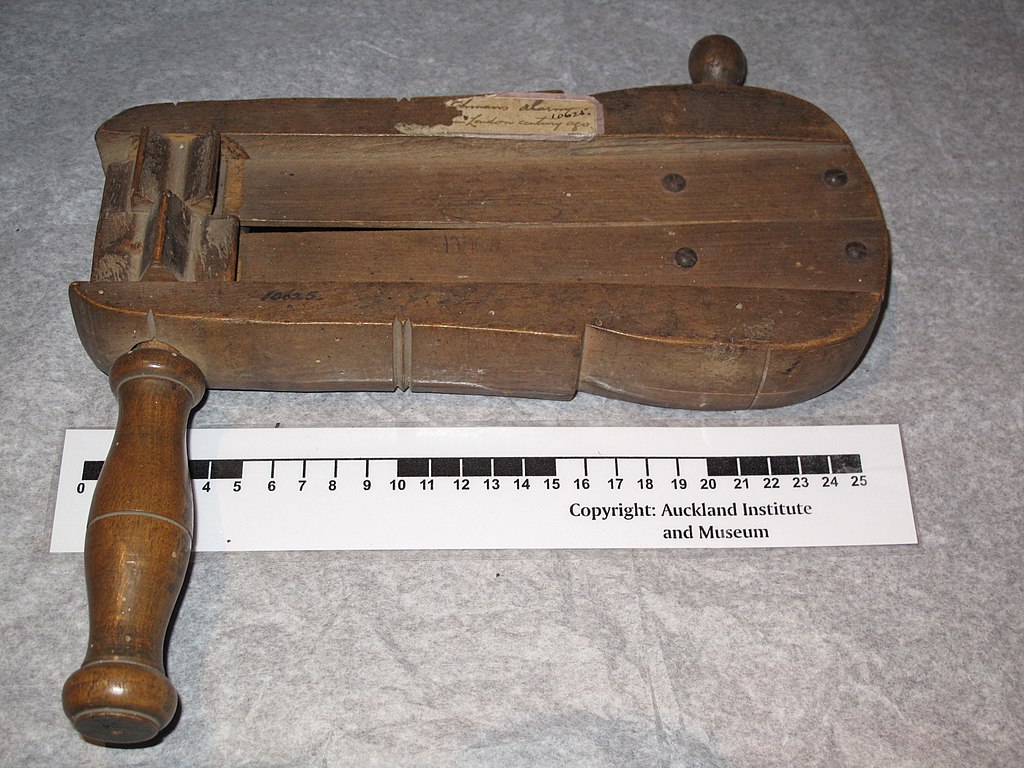
Homeowners employed various symbols to discourage potential burglars. Prominent displays of weaponry, such as muskets or swords displayed above fireplaces, or even ferocious-looking metal knockers on doors could send a message to would-be intruders. Signs with intimidating messages or religious warnings against theft might also be placed near windows or entrances. Newspapers from the 1700s occasionally carried advertisements for “patent watchman’s rattles”, which were loud noise makers designed to scare away thieves upon activation.
Rise of elaborate padlocks

While not as sophisticated as modern locks, 18th-century technology offered some advancements in home security hardware. Elaborate padlocks with complex key mechanisms and lever locks with multiple tumblers became common, making forced entry more difficult. The rise of the professional locksmith offered homeowners access to these advancements.
Wealthier families would employ hidden compartments or secret rooms within furniture for valuables. An article from a 1735 edition of the London Gazette details a daring burglary attempt foiled by a high-security lock on a wealthy merchant’s strongbox.
Using rudimentary booby traps

Some homeowners resorted to setting up rudimentary booby traps to deter intruders. These traps, often dangerous and illegal, would involve tripwires connected to heavy objects that would fall and injure an intruder, or even spring-loaded devices that could cause harm. However, the use of such traps was highly discouraged due to the risk of accidental injury and the potential legal repercussions. Historical records mention a few instances where homeowners faced legal action for injuries sustained by intruders due to booby traps.
Strongboxes were valuable investments
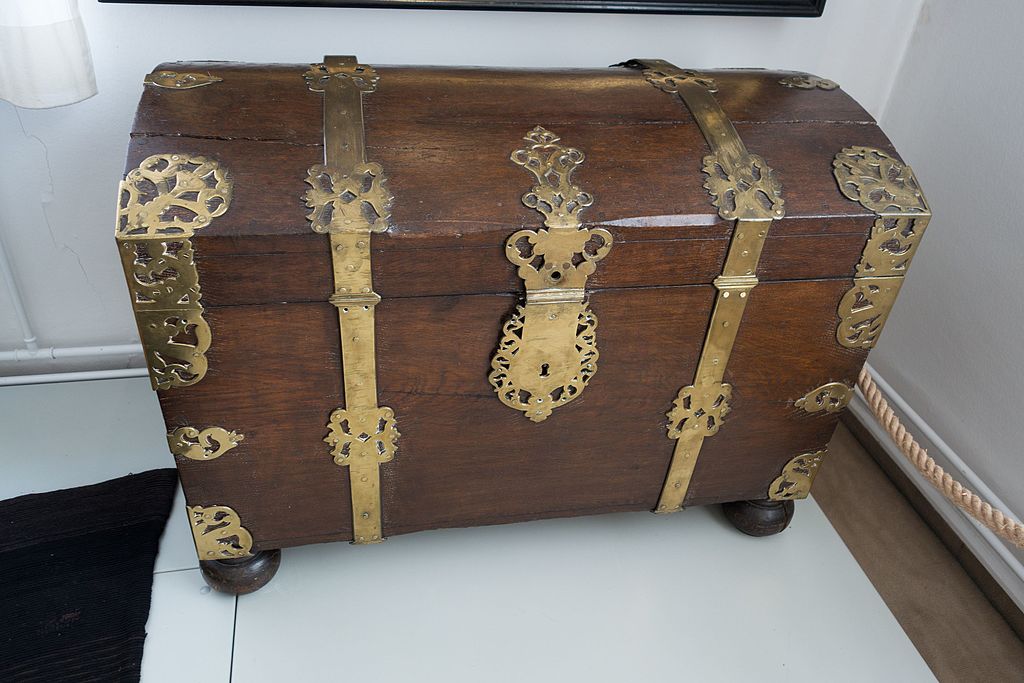
Important documents, jewelry, and cash were not left lying around. Strongboxes with complex locking mechanisms, often constructed of wood and iron, provided secure storage for valuables. These strongboxes, sometimes ornately decorated, became a common household item for those who could afford them. An advertisement from a 1763 edition of the Boston Gazette highlights the importance of strongboxes for .highlighting the importance of strongboxes for securing valuables, especially for merchants and tradespeople.
Use of elaborate sconces
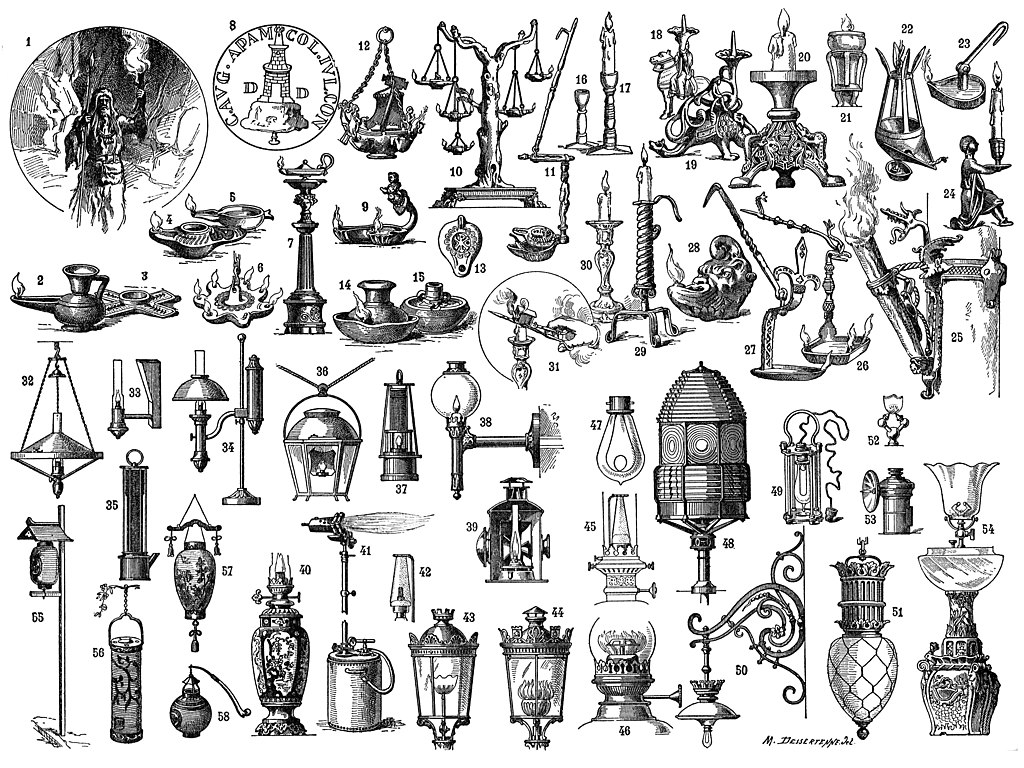
Unlike the era of gas lamps and electricity, nighttime in the 18th century presented a significant security challenge. Homes relied on candles, lanterns fueled by whale oil, or even fireplaces for illumination. Wealthier families would invest in elaborate sconces or chandeliers for increased light, but overall, nighttime offered a cloak of darkness that could be exploited by burglars. Some communities instituted curfews or regulations on extinguishing lights after dark to deter nighttime crime. For instance, a 1712 ordinance in New York City mandated that all residents hang lit lanterns outside their homes after nightfall.
Maintaining a lived-in appearance
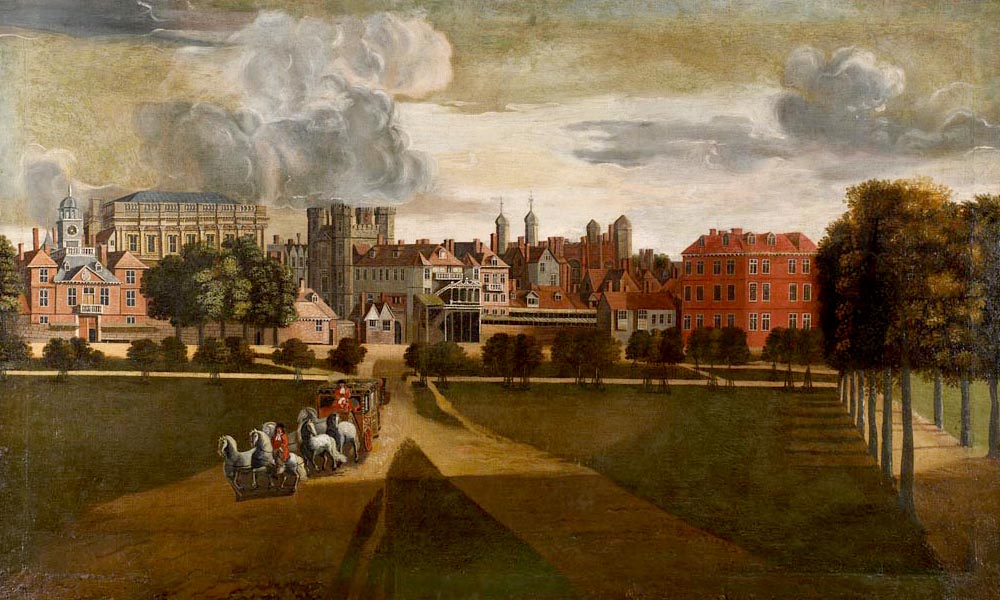
Similar to later eras, leaving lights on at night or having a trusted neighbor collect mail when traveling created the illusion that the home was occupied. This discouraged burglars who preferred targeting seemingly empty houses. Newspapers of the era occasionally offered household tips for maintaining a lived-in appearance while away, highlighting the importance of this strategy for home security.
Community justice and public shaming
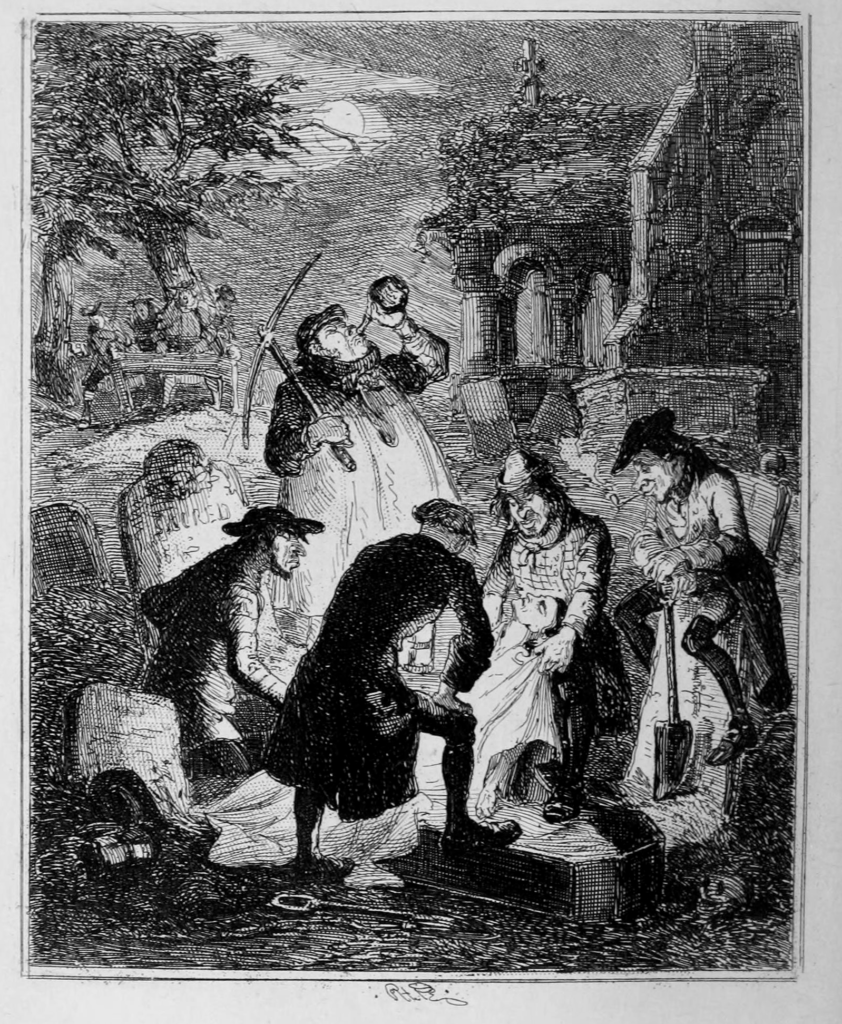
The fear of social repercussions was a strong deterrent in smaller communities. A caught thief might face public humiliation, hefty fines, or even corporal punishment like stocks or pillory. Public executions for theft also served as a stark reminder of the consequences of crime. Newspapers often reported on the punishments of convicted thieves, acting as a public warning to potential criminals.
Rudimentary home insurance
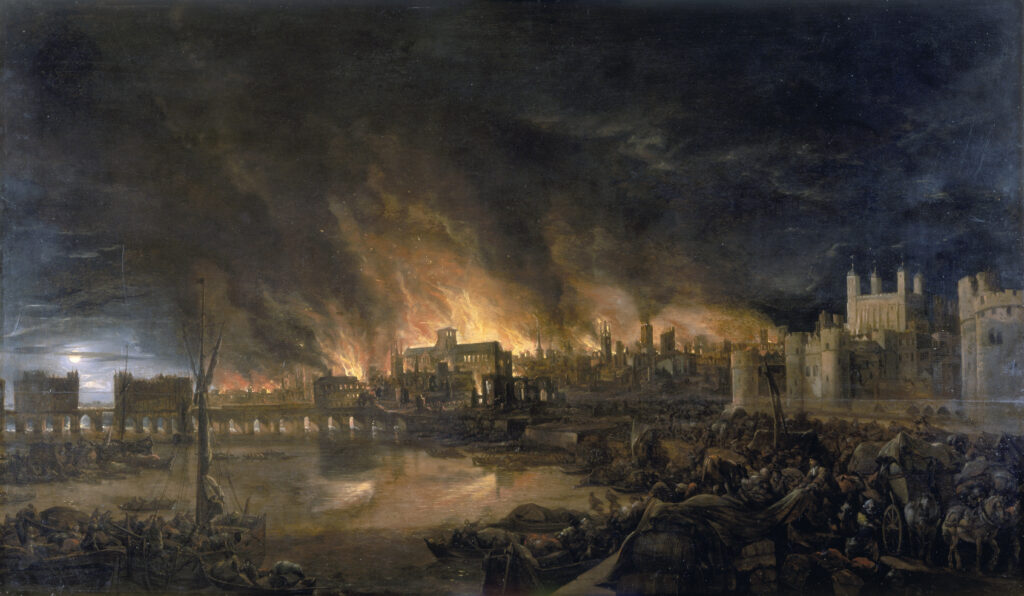
The concept of home insurance emerged towards the end of the 18th century, but it was far from commonplace. Early insurance policies offered limited coverage, typically only protecting against fire damage, and were often prohibitively expensive for most homeowners. The London Fire Office, established in 1681, is considered one of the first companies to offer fire insurance, but widespread adoption of home insurance wouldn’t occur until the 19th century.
